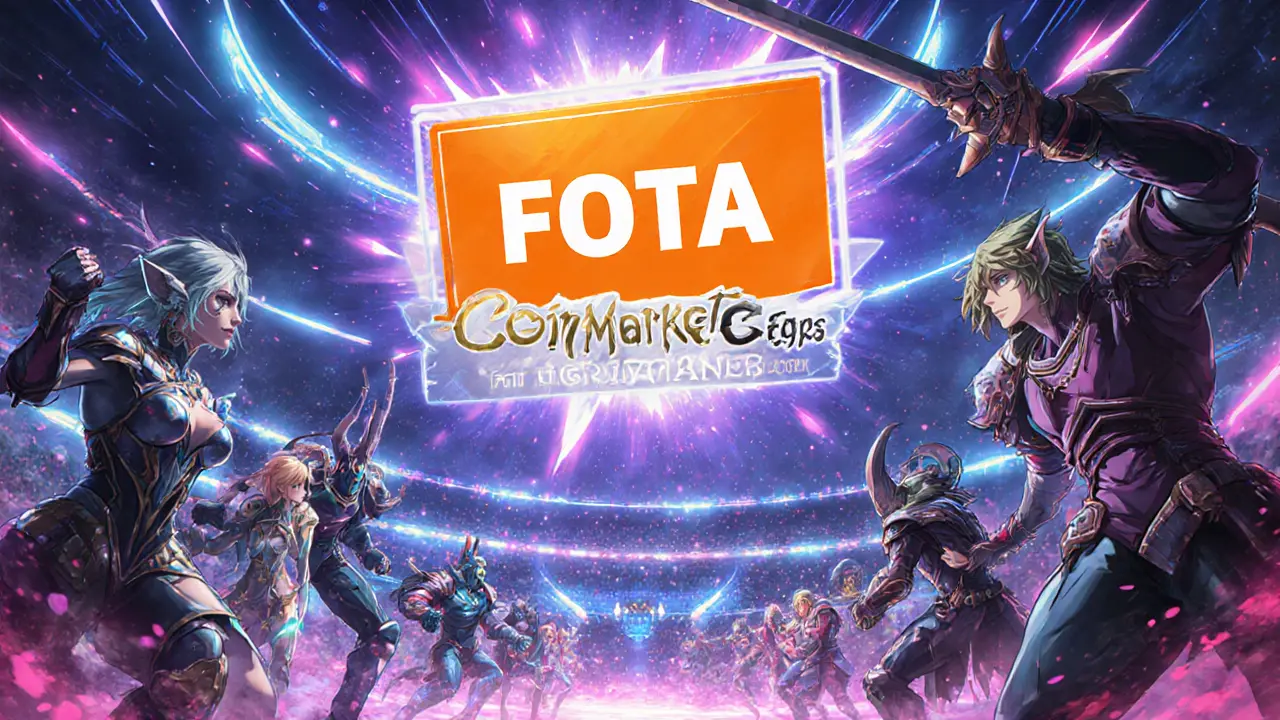Gaming NFT: How Play‑to‑Earn, Standards, and Trends Shape the Market
When working with gaming NFT, a blockchain‑based token that represents in‑game items, characters, or rewards. Also known as game NFT, it lets players truly own, trade, and even monetize virtual goods beyond a single game's platform.
Understanding the tech behind these assets is key. ERC‑721, the original NFT standard that creates one‑of‑a‑kind tokens defines unique collectibles, while ERC‑1155, a multi‑token standard that lets a single contract manage both fungible and non‑fungible items enables batch minting and lower gas fees for games that need hundreds of items at once. GameFi, the blend of gaming and decentralized finance that powers new revenue streams combines these standards with staking, liquidity mining, and play‑to‑earn economies. The play‑to‑earn, model where players earn tradable tokens by participating in game activities turns virtual achievements into real‑world value, reshaping how developers design incentives. gaming NFT ecosystems thrive when the right standard meets the right economic model, creating a virtuous loop: unique assets boost player engagement, which fuels token earnings, which in turn fuels demand for more distinct items.
What to Expect From This Collection
The posts below cover everything from tokenomics of specific game coins to step‑by‑step guides on claiming NFT airdrops, plus deep dives into ERC‑721 vs ERC‑1155 trade‑offs and security tips for playing safely. Whether you’re a developer choosing a standard, a gamer hunting the next loot box, or an investor scouting the hottest GameFi projects, you’ll find practical insights, real‑world examples, and actionable advice that cut through the hype. Browse the articles to see how each piece fits into the larger picture of gaming NFTs and start applying what you learn to your own play or project.
FOTA Airdrop Explained: CoinMarketCap x Fight Of The Ages Campaign Details
Discover everything about the FOTA airdrop, its $100,000 reward pool, eligibility steps, token details, and risks. A practical guide for crypto gamers.

